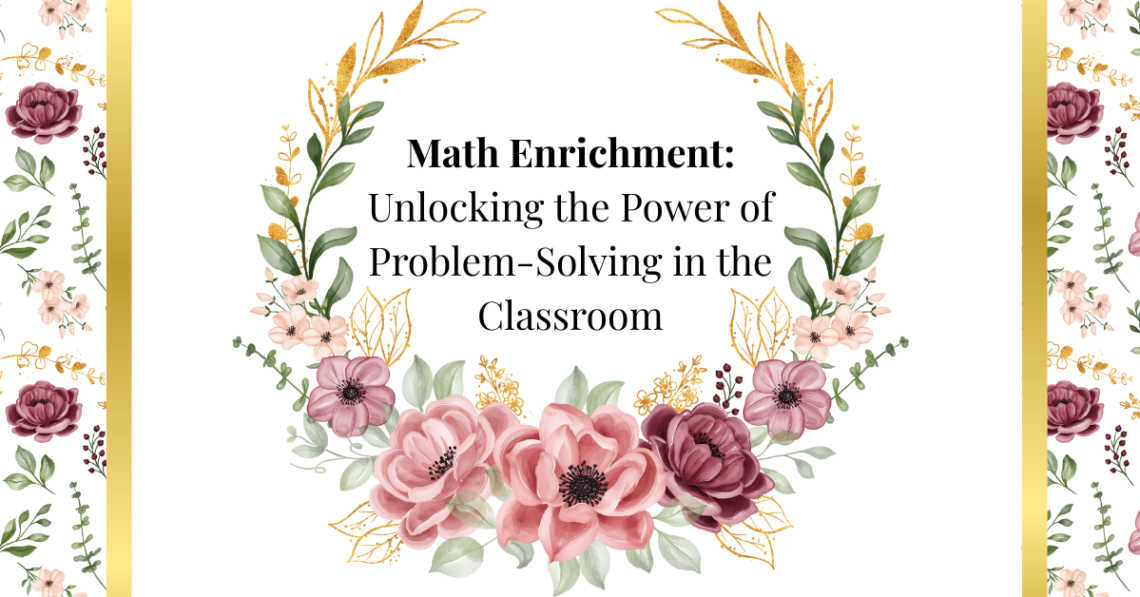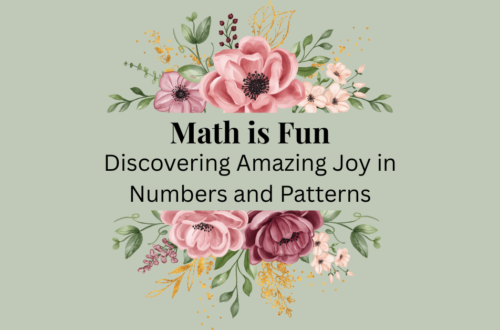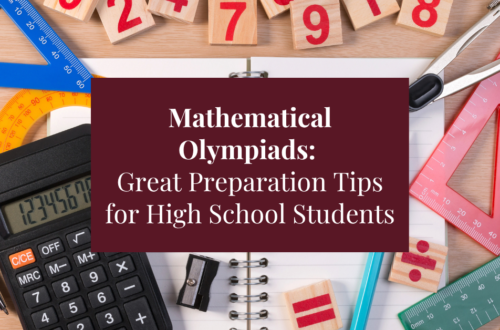Math is often seen as a subject of rigid rules and formulas. However, there’s a side to math that encourages curiosity, creativity, and problem-solving beyond the classroom textbook. This is where math enrichment comes in. Math enrichment programs or activities are designed to help students expand their mathematical thinking and deepen their understanding, offering challenges that go beyond the traditional curriculum.
What Is Math Enrichment?
Math enrichment refers to educational activities and experiences that extend students’ learning in mathematics. These activities typically involve exploring mathematical concepts in more depth or introducing topics not covered in standard curricula. The goal is to spark a love for math, develop critical thinking skills, and allow students to approach problems from multiple angles.
Why Is Math Enrichment Important?
- Fostering a Growth Mindset: Math enrichment helps students understand that math is not just about getting the right answer but about the process of thinking critically and creatively. It encourages perseverance and a growth mindset, showing that mistakes are an essential part of learning.
- Building Problem-Solving Skills: Enrichment activities often require students to think outside the box and apply their mathematical knowledge to real-world problems. This not only boosts their problem-solving abilities but also develops their logical reasoning and analytical thinking.
- Promoting Curiosity and Passion: For students who already enjoy math, enrichment activities provide an opportunity to dive deeper into subjects that excite them. Whether it’s algebra, geometry, or number theory, math enrichment activities fuel curiosity and help students see the beauty of math in new ways.
- Providing Challenge for Advanced Learners: For students who excel in math, enrichment activities offer the challenge they need to stay engaged and avoid boredom. These activities prevent students from feeling stagnant and allow them to develop advanced skills that will benefit them in higher education and beyond.
Types of Math Enrichment Activities
- Math Puzzles and Games: Engaging students with puzzles, riddles, and brainteasers not only makes learning fun but also enhances their problem-solving abilities. Puzzles like Sudoku, logic puzzles, or magic squares can be challenging and help students think critically.
- Project-Based Learning: Students can explore real-world problems that require mathematical solutions. For example, designing a bridge or creating a budget for a small business involves applying math in a hands-on way. These projects allow students to see how math connects to the world outside the classroom.
- Math Competitions: Participation in math contests like Math Olympiad, AMC (American Mathematics Competitions), or local math challenges provides students with an opportunity to test their skills against others and take on more advanced problems. These competitions can be highly motivating and provide recognition for their mathematical abilities.
- Exploring New Mathematical Topics: Sometimes enrichment means going beyond the standard curriculum to explore topics like combinatorics, fractals, or cryptography. Introducing students to new mathematical ideas helps them see the vastness and depth of the field and keeps them engaged.
- Interactive Technology: There are numerous online resources and apps designed to enrich students’ mathematical learning. Websites like Khan Academy, Art of Problem Solving (AoPS), and Wolfram Alpha provide interactive lessons and challenges that cater to a variety of skill levels.
How to Integrate Math Enrichment in the Classroom
- Incorporate Enrichment During Class Time: Find ways to incorporate short, engaging enrichment activities during regular lessons. This might include adding a challenging math riddle at the beginning of a lesson or giving students extra enrichment problems as homework.
- Offer After-School Programs or Clubs: Math clubs are a great way to provide students with an opportunity to dive deeper into mathematics outside of the regular curriculum. Students who are passionate about math can come together to solve problems, play math games, and prepare for math competitions.
- Provide Resources for Independent Exploration: Encourage students to explore math outside of school. Share resources such as books, websites, and online courses for students who wish to explore mathematical topics on their own time.
The Role of Teachers in Math Enrichment
As a teacher, you play a crucial role in fostering a love for math and encouraging students to explore mathematical concepts beyond what they learn in class. Here are some tips for supporting students in their math enrichment journey:
- Be Supportive and Encouraging: Create a classroom culture where mistakes are seen as part of the learning process. Encourage your students to take risks and try new strategies. Celebrate their efforts, not just their successes.
- Differentiate Instruction: Recognize that students learn at different paces and have different strengths. Offer enrichment activities that cater to diverse learners. For example, provide some students with higher-level problems while offering more foundational challenges to others.
- Incorporate Real-World Applications: Show students how math applies to real-life situations. Whether it’s calculating the area of a garden or analyzing data for a school survey, real-world math problems help students understand the relevance of math in their everyday lives.
- Make It Fun: Enrichment doesn’t have to be all about hard work and serious challenges. Use games, activities, and playful challenges to spark students’ interest. A little fun can go a long way in keeping students engaged.
Conclusion
Math enrichment is about more than just enhancing students’ understanding of math—it’s about sparking curiosity, fostering creativity, and developing problem-solving skills that will serve students well beyond the classroom. By incorporating enriching activities into your teaching, you can help students discover the joy and beauty of math and empower them to think critically and independently. With the right support and opportunities, every student can unlock their potential and develop a lifelong love for mathematics.
Call to Action: If you’re a teacher looking to incorporate more math enrichment in your classroom, check out our resources for creative math activities and project-based learning ideas that will inspire your students! Let’s make math an exciting journey of exploration and discovery.





